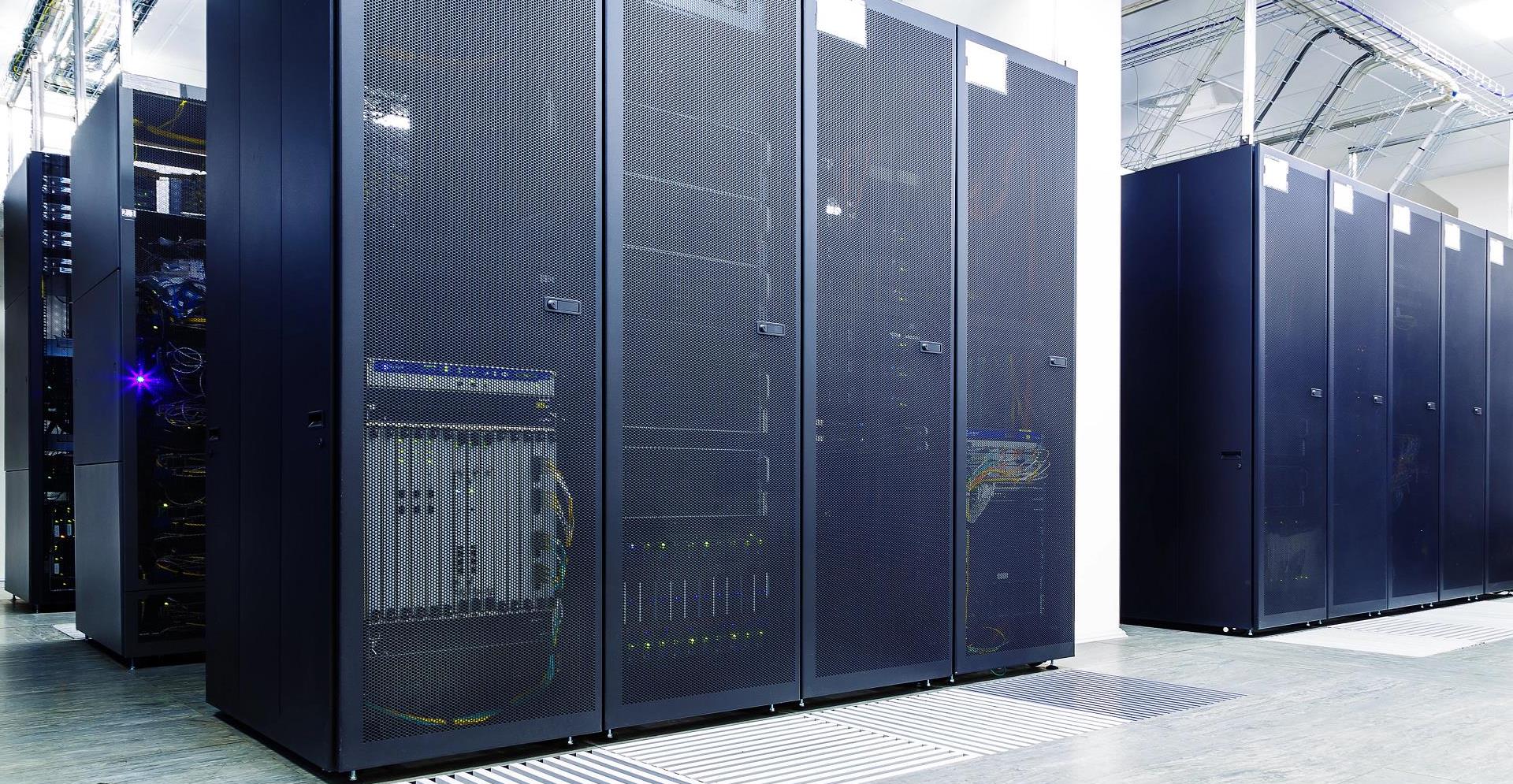Data centers are a fundamental part of modern-day living. In our always-on, always-online culture, they are the backbone of both our economy and our autonomy, providing anytime-anywhere access to the applications and data that punctuate our experience of both business and leisure.
Despite the importance of such facilities, when I tell people I work in the data center industry, it’s sometimes more of a conversation stopper rather than a conversation starter. However, I’ve noticed lately that people want to talk about data centers, and more than that, they have an opinion on them too.

A lot of the conversations revolve around the environmental impact of data centers. I’ve written on this topic before, and it’s safe to say that data centers don’t necessarily have the best press when it comes to the climate crisis, with both their hunger and thirst warranting – and receiving – a great deal of attention.
For ‘hunger’ read ‘energy consumption’, and whilst it’s near impossible to quantify with any degree of certainty, experts estimate that data centers consume around 1% of all electricity produced globally. Whilst that doesn’t sound too dramatic, just think of the millions of other things powered by the remaining 99%. They seem quite greedy now, don’t they?
It’s important that we also take account of the source of that energy – is it dirty (fossil-fueled) or clean (from renewable sources)? More on that later.
‘Thirst’ is also a hot topic, with data centers requiring gargantuan levels of water to keep themselves cool. Again, given the variance in the scale of data centers, it’s hard to give exact numbers, but the consensus seems to be that a typical data center uses about 3-5 million gallons of water per day, often drawn from local sources that also serve the neighboring communities.
Factor in greenhouse gas emissions, heat waste and the disposal of aged equipment and it’s hardly surprising that public opinion views the data center as a facility non grata.
Another emerging contributor to data centers’ carbon footprint is the increased demand we’re placing on them – not least from the growing popularity of artificial intelligence (AI).
AI is significantly more computationally intensive than more ‘traditional’ applications. Every time we use generative AI applications such as ChatGPT or Bard, it can draw ~50-100 times as much energy as a standard search query on Google. Also, training a large language model is resource intensive, taking as much as 1,287MWh of power and generating more than 500 tons of carbon.
This need for more power is the result of many factors, such as the requirement to process increasingly complex algorithms and calculations, increased data storage and access and deployment of more powerful Graphics Processing Units (GPUs) and Tensor Processing Units (TPUs), which require more energy.
So, if net zero data centers were out of reach before the AI revolution, is that aspiration now an impossibility?
Can we make data centers clean and green?
For years, companies – including giants such as Google and Microsoft – have committed to reducing the environmental impact of their data centers, whether it’s a moonshot (or an ocean-drop) like Microsoft’s ‘Project Natick’ – which is exploring the impact of deploying datacenters in the subsea – or Google’s commitment to becoming water positive by 2030.

But step away from the grand gestures and is there something that we can do in the here and now?
Well, yes, there is.
Firstly, there is a technology evolution element here. Huge innovations and advancements in both hardware and software are being made frequently – it’s big business. This should result in servers becoming more efficient and better able to conserve power – including smarter governance around sleep states for non-critical applications – and greater resilience and stability, removing the requirement for heavily-polluting backup generators.
The flipside of this is that the industry needs to get smarter with recycling its aged or redundant hardware, which is often challenging given the sensitive data that’s been held on it.
Data center design also plays a crucial role in carbon reduction, and that’s influenced by both what’s inside, what’s outside, and also where the center is located. I won’t go too deep into location – you can read more about that here – but suffice to say that we should build with a circular approach using sustainable materials, and ensure abundant access to clean energy and water. There are stories of some facilities operating where water is scarce, and … well. You can imagine how the thirsty residents and wildlife feel about that.
Clean energy, from renewables, is the most significant factor in data centers getting to net zero. And if you can pull this power consistently and reliably from the grid, that’s great. But the future might see data centers having their own independent off-grid power source – ensuring pure green power and mitigating any adverse effects on the neighboring communities’ supply.
Some facilities have taken that bold step, using fuel cells to power the facility. Ideally these would be hydrogen powered, but while ‘green hydrogen’ is not available at scale, gas powered fuel cells are. Dependent on the type of gas used, this could also help with the reduction of greenhouse gases as well as NOX emissions and noise pollution… Just the type of solution for an inner-city site or one surrounded by residential housing.
Using off-grid power, another plus for the industry is that it’s a quicker solution to implement – providing speed to market – as connecting centers to the grid takes time… and this is not an industry known for its patience!
When it comes to keeping data centers cool, we also need to challenge the consensus – is chilled air the best cooling solution? Or could retro be the future?
In the early days of mainframes and super computers, such as the IBM System 360, liquid cooling was prevalent before being phased out across subsequent decades. However, in the last few years there has been a resurgence in a variety of forms through single- and two-phase immersion cooling, cold plate cooling and rear door coolers.
All of these methods allow up to 98% heat recovery, and allied to this, the off-take of heat from the fuel cells results in a higher quality of heat to re-use.
This heat – which is fundamentally waste, remember – can be reused to heat swimming pools, supply urban farming, be added to district heating systems and can dry biomass before energy conversion. It’s worth noting that, as with all industry, caution is required to ensure that the immersion dielectric fluids do not contain any PFAS (forever) chemicals, which could contaminate local water and ground.
So yes, there are steps the industry can take to create net zero data center facilities, with or without the pressure of AI, and it’s something I’m personally very passionate about.
Working with a like-minded client, we are designing a large, 200MW facility that completely bypasses the utility power grid by using the power techniques showcased earlier. Here, we have the ability to construct a microgrid and use the exhaust heat from the fuel cells to generate chilled water – via absorption chillers – to supplement cooling requirements.
The design also takes reduction of emissions a step further, making use of the byproducts of the fuel cells – H2O and CO2 – to help grow produce that will be harvested and sold locally to the surrounding community. This facility, when completed, will be approaching Net Zero.
And who knows, in the future, perhaps rather than being the straw that breaks the camel’s back, AI will be the key that unlocks a lot of the potential solutions for net zero data centers – whether it’s optimizing the code of the governing software, supporting local authorities to make smarter and better investments in their infrastructure… or even doing my job better than I can, and designing the ultimate optimal net zero data center. For the sake of the planet, I say: ‘bring it on!’



